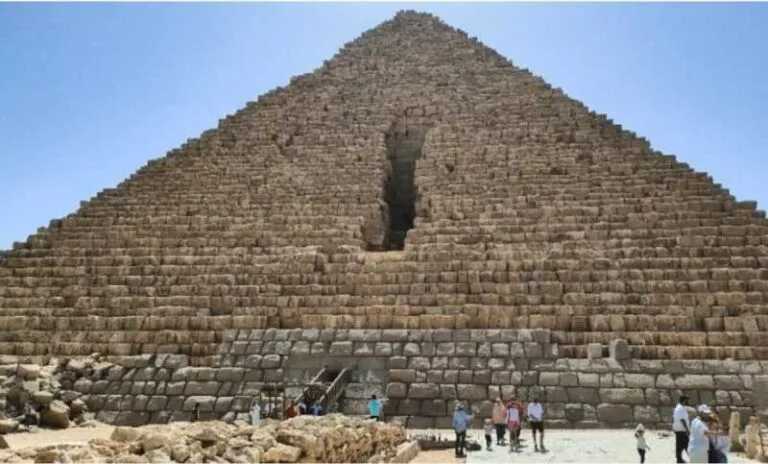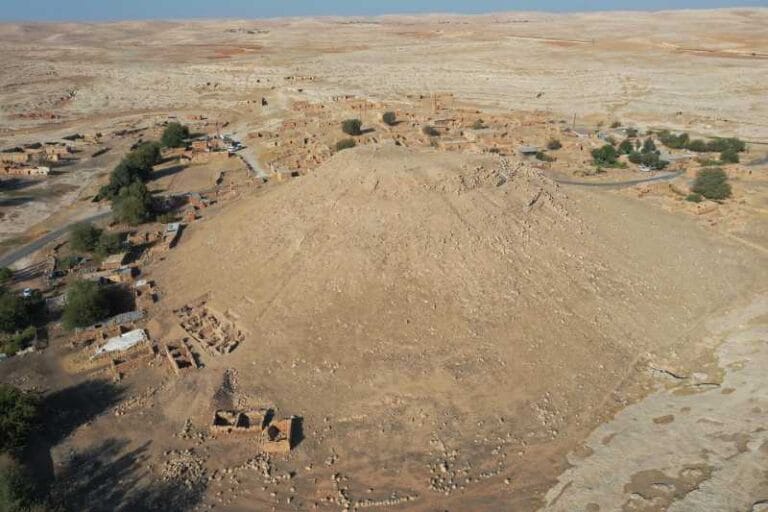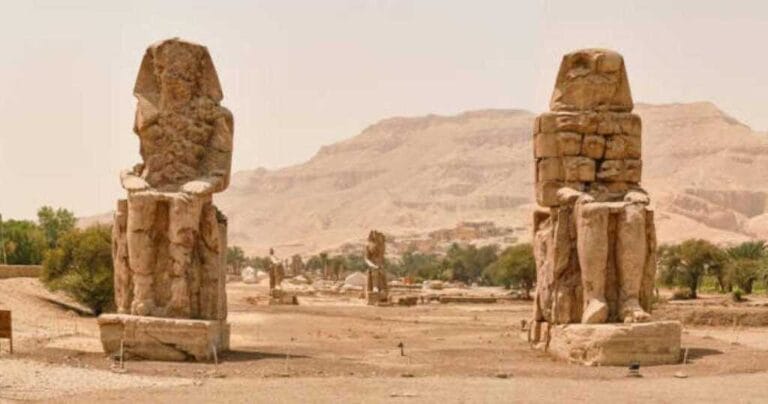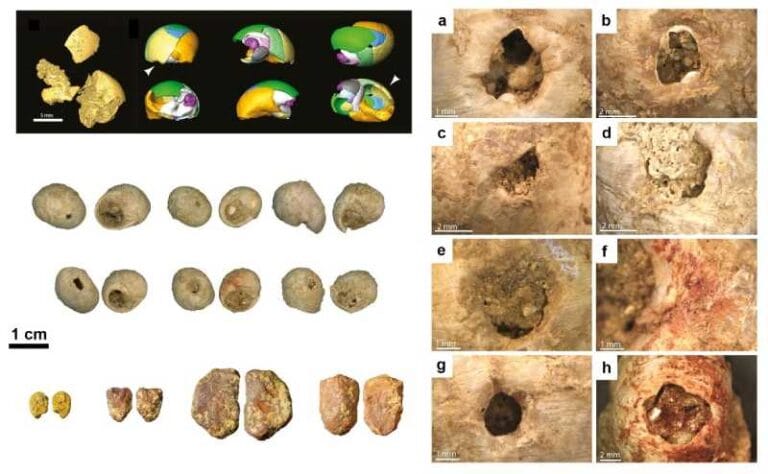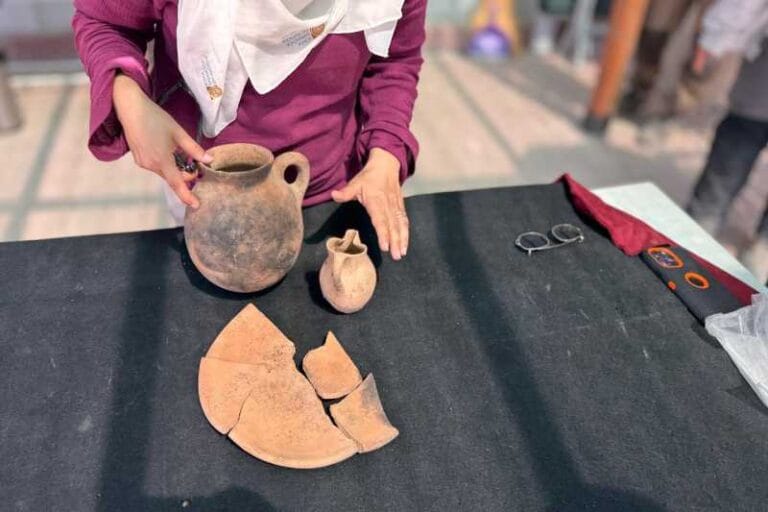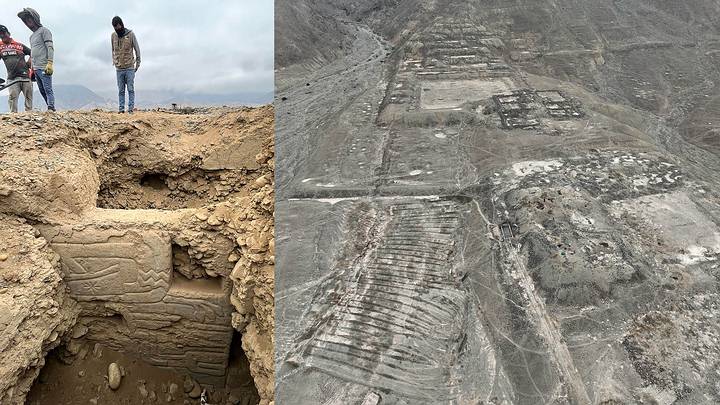19,000-year-old stone statues discovered in Türkiye
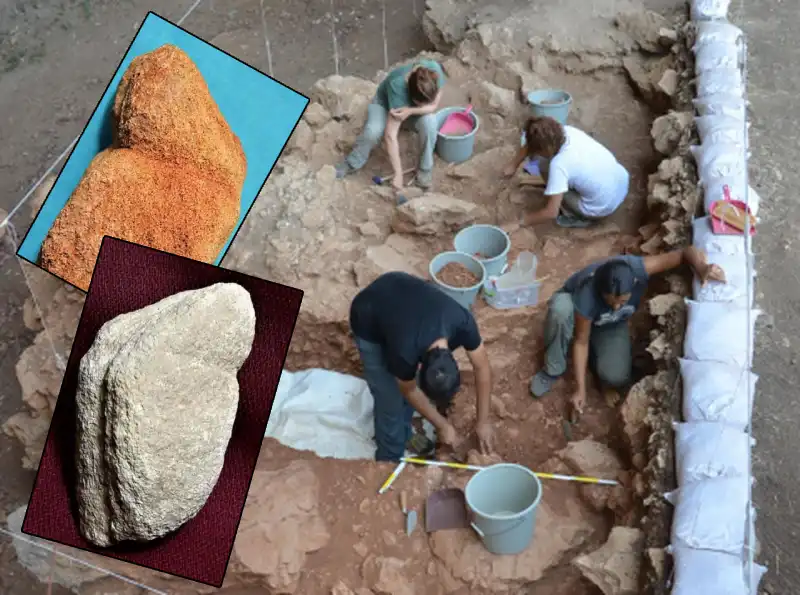
In the Western Taurus Mountains, an impressive discovery is transforming the understanding of art and symbolic culture in prehistoric Anatolia. Archaeologists working at the epipaleolithic site of Kizilin, near the village of Yagca in the district of Döşemealtı (Antalya), have found the oldest stone human figures ever recorded in the region, dating back up to 19,000 years.
Carved from sandstone and positioned on a terrace at an altitude of 407 meters, overlooking the Kizilin stream, these sculptures offer new insights into the first artistic gestures and identities of the region’s inhabitants at the end of the Paleolithic.
Among the artifacts discovered, two figurines stand out:
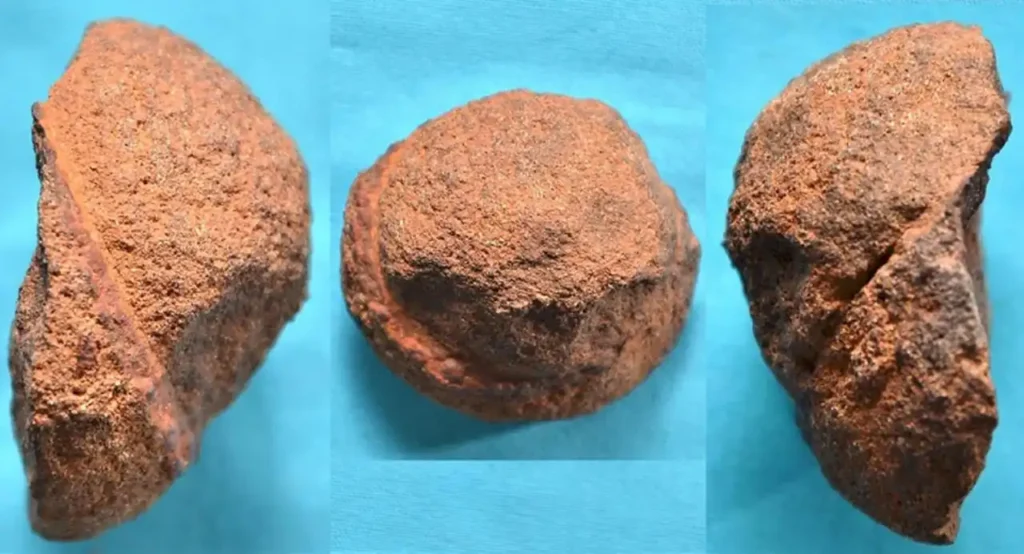
- Kizilin figurine 1: Found under a stone block in the upper layer of level IIa, it depicts a stylized human head, with carefully carved eyes and incised patterns that suggest an adornment on the head – perhaps hair or a headdress. Although the body is fragmented and the gender has not been identified, archaeologists point to stylistic similarities with European Upper Paleolithic sculptures, which suggests a possible female representation.
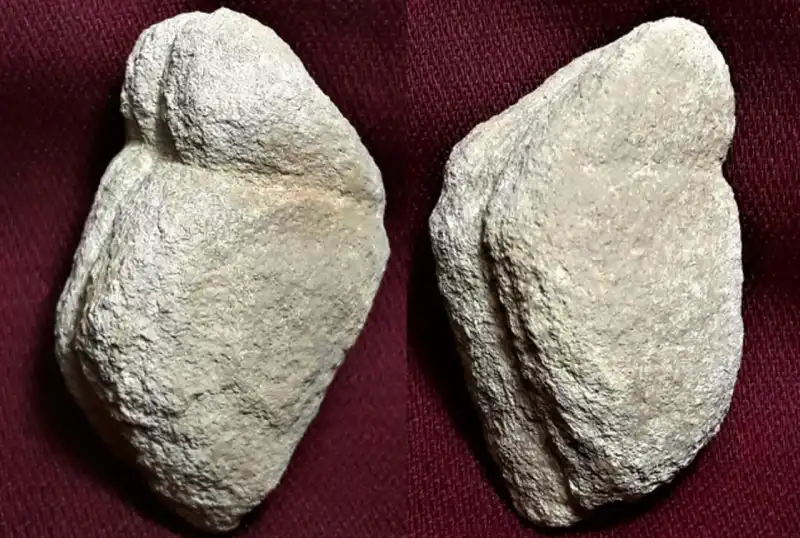
- Kizilin figurine 2: Discovered in another section of the same layer, this piece is intact and features two symmetrically connected human figures, with grooves dividing the sculpture into mirrored halves. It is considered one of the oldest representations of “Siamese twins” in Anatolian prehistory.
The sculptures predate the Neolithic figures found in Çatalhöyük and Hacılar by several millennia, which positions Kizilin as an early epicenter of symbolic production in the region.
The archaeological layers where the artifacts were found correspond to geological levels IIa and IIb, marked by reddish sediments. Using the radiocarbon dating technique (AMS) applied to marine shells, the occupation of the site was established between 19,455 and 13,621 BC.
In addition to the sculptures, the site revealed:
- Carved lithic tools and microliths;
- Bone objects with marks of use;
- Ornamental beads made from seashells;
- Evidence of a regular tool-making trade, with local use of flint (chert).
Although the bone tools are fragmented, their presence reinforces the diversity of human activities at the site.
For Professor Metin Kartal, from Ankara University and director of the excavations, the figures should not be seen as isolated art:
“These are not merely loose artistic expressions, but cultural statements from an era in which identity, belief and representation were beginning to take concrete form.”
According to Kartal, the stylistic elements of the sculptures recall traditions from both the European Paleolithic and the Near East, but with unique features. This may indicate the development of an artistic language specific to Anatolia, still in its infancy.
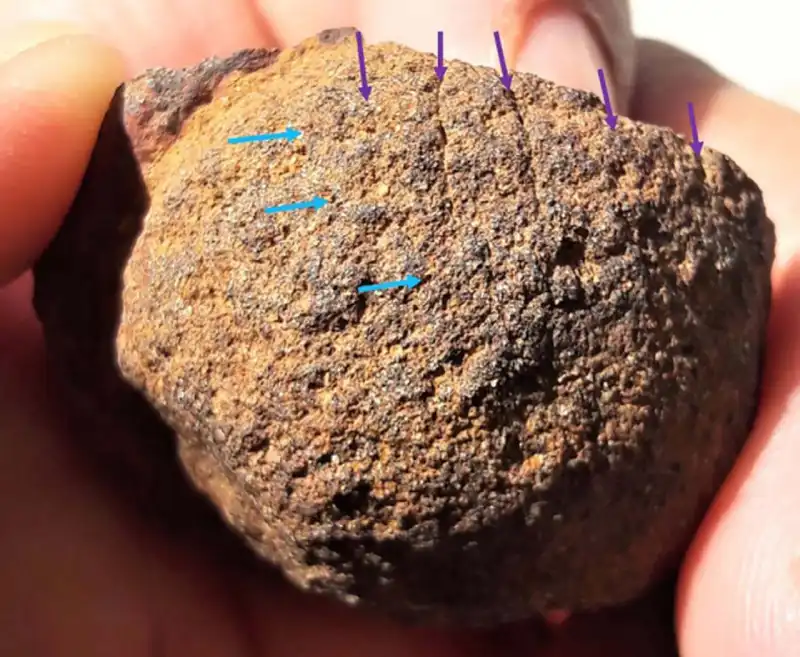
Despite the progress of research, only six seasons of excavations have been completed so far. Much of the cave remains inaccessible due to erosion of the slopes and accumulation of sediment, which prevents access to the interior. The team plans future campaigns to explore still untouched areas, which may contain more evidence of the symbolic and daily life of the region’s first inhabitants.
Kizilin joins neighboring sites such as Öküzini, Karain-B and Çarkini, but stands out for the unique and pioneering character of its finds. The discoveries place the Antalya region not only as a passage corridor during the Paleolithic, but as an autonomous nucleus of cultural and artistic innovation.
Source: Türkiye Today

